|
What happens when you run out of superlatives?
Here are a few that are used repeatedly in high-end audio: "Epoch Making", "Ground Breaking", "Earth Shaking", "Unprecedented", "Jaw Dropping", "A Revelation", etc. Many times when these phrases are used, they are in fact accurate. For example, Jeff Day after installing the Acoustic Revive RPC-1 Power Supply Conditioner says, "it was quite a revelation to hear my system after the high-frequency noise was removed by the Acoustic Revive RPC-1 Power Conditioner." Jeff Day, Positive Feedback.com I would certainly concur. See my blog below, "Further Adventures in Realms of Bliss". How do you quantify a "revelation" or an "earth shaking" event? Is one man's dropped jaw another's yawn? Or would it be, that if we could all hear the actual system described in the review that 95% of us would have the same reaction? So how can I go about describing what one Sukhavati Power cable is doing in our reference system? Use all of the superlatives listed? Say that after installing the two Sukhavati interconnects I am now at a loss for words? "Gobsmacked" "Gobsmacked combines the northern English and Scottish slang term gob, mouth, with the verb smack. It suggests the speaker is utterly astonished or astounded. It’s much stronger than just being surprised; it’s used for something that leaves you speechless, or otherwise stops you dead in your tracks. It suggests that something is as surprising as being suddenly hit in the face." www.worldwidewords.org That'll have to do for now.
3 Comments
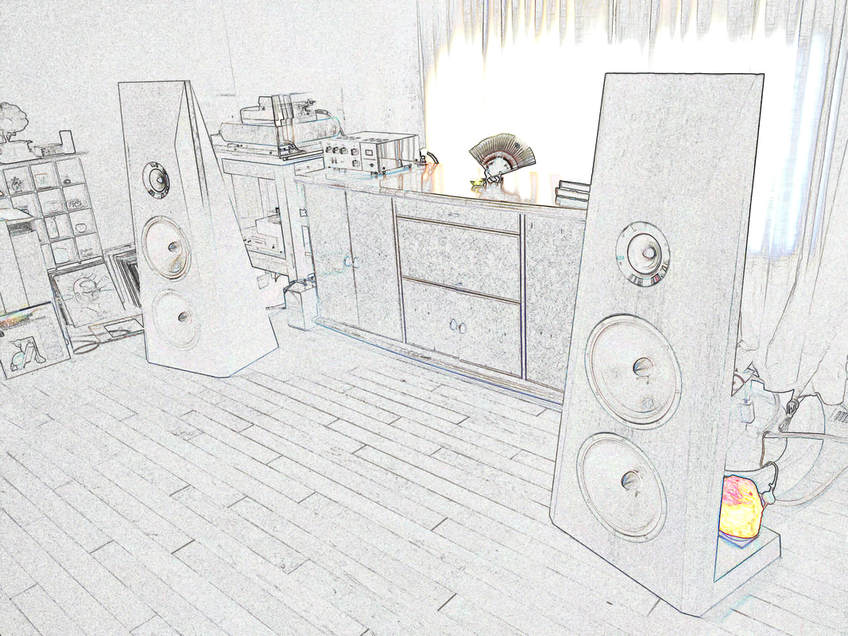 "If it's this good, how much better can it get?" Answer, "More than you can imagine!" This is becoming an old saw for me but when you hear something for the first time, and perhaps no one before you has heard what you are hearing, it is nevertheless instantly recognizable. Why, because a system that is firing on all cylinders is closer to life. It tells you more about what the composer, musicians and engineer intended, the actual events that unfolded and the space in which they occurred. Way more then we know is hidden in these grooves, and the adventure is a journey into, and closer to, the truth that was captured in session. One thing it does not appear to be is an asymptotic curve that gives less and less the further it goes: it appears the opposite. Or perhaps the changes get smaller and smaller as the system gains sensitivity with correspondingly larger and larger results? Whatever the case, here, with this system, we are in uncharted territory. Multiple transformational events have occurred in our reference system in rapid succession over the Christmas holiday. First we replaced a PranaWire Cosmos interconnect and and an Arhat interconnect pair with our new Sukhavati interconnects - a major sea change. This upgrade is like waking up in a wonderland: everywhere you look there is beauty. Here's another old saw: We could have stopped there and thought we were done. But we knew and know there are still areas where major improvements can be made. Hearing what we are hearing now and thinking about the remaining possibilities makes me kind of giddy. What can I say? You must hear this. Contact I have always felt that one of the greatest vulnerabilities in a system is the connectors. On a microscopic level, wherever metal meets metal, there is imperfect contact. There will be areas that touch and areas that don't, and even where they appear to be touching there are microscopic pits and scratches. In this circumstance micro-arcing, that draws noise into the system like an antenna, occurs. Also, the points of contact are especially vulnerable to all of the vibrations that are running throughout the room and the components. The internal connections, where wire joins the contacts, are susceptible to the same influences. Many super high-end cables, such as our PranaWire interconnects and power cables, are heavy and exert downward force on the connector, stressing the pins and the contact points and, in some instances, pulling the pins away from their female counterparts further compromising the connection. Thus exists a panoply of weaknesses that has never really been seriously addressed till now. Enter the Furutech NCF Booster, a device that supports the connector,surrounds it with noise absorbing materials and has the potential to damp vibrations that smear the signal. I had thought of a similar device. In fact, I have two such prototype devices in my system, but they lack the sophistication of the NCF Booster. Mine are simply shapes that surround a power plug. In their favor they contain materials that absorb noise and more importantly fo.Q material that absorbs vibrations. But they do not support the plug from beneath, which is very important. To give credit where it is due, the Furutech product sounds better than my prototype. Had they merely created a support system for cables, I would have praised them as an important and necessary adjunct to any system, but the added reduction in noise is an important benefit. However there is one area in which they fall short. But this minor shortcoming turns into an advantage when we add fo.Q SH21 or 22 material. The first booster that I put into the system went around the IEC power plug feeding the Airtight ATE-2005 phono stage. I did not hesitate to line both curved inner surfaces of the clamping device with fo.Q SH21e 2mm thick damping material prior to inserting it in the system. This just seemed to me to be the logical thing to do. The improvement was unmistakeable: improved focus and definition of primary and secondary information including attacks, sustains, decays and ambient cues. I was asked if I had listened both with and without the fo.Q material. I had not. So when I inserted the second unit on the IEC plug feeding the power supply to the Feastrex field coil drivers, I spent a fair amount of time going back and forth, listening with and without. I listened to two cuts. On the first I listened without, then with and then again without the fo.Q material. On the second, I listened with, without and finally with. This was rather a pain in the neck to accomplish as the component is sitting inside the cabinet between shelves. To affix the top clamp to the bottom clamp portion of the NCF Booster you have to reach behind the component and stretch an O-ring over the top of each of the vertical stiles and wrap it around the knurled knobs that hold the bottom clamp in place and then cross it and stretch it a second time doubling the pull of the O-ring - easier said than done when access is limited. Nevertheless, I persevered and was able to draw a firm conclusion. While the Boosters on their own reduce noise and improve the sound in general, the addition of the damping material gave a more solid, organic and transparent presentation allowing a much deeper view into the soundstage. Before adding the third Booster to the system I added an fo.Q AB-4045 platform under the Airtight ATC-2 preamplifier. I supported the platform with 4 Oyaide INS-BS insulators. I affixed circles of self-adhesive fo.Q TA-102 material to the tops and bottoms of these. The preamp was already resting on Audio Replas quartz footers, but the addition of the isolated platform was a significant step upward as was the added Booster. The fourth Booster was a special case. I had intended to use two boosters, one on each RCA connection to the preamp. In actual practice, though, there was only room to treat the input connectors, as the output connectors were too close to the IEC. To make this work I needed an additional damping support for the plugs. I joined together layers of fo.Q SH-21e using two-sided tape to form an "H" shape to cradle and keep each RCA plug vertically and horizontally aligned with the back of the preamp. (See illustration). This configuration provided the same level of improvement as the Boosters used on the IEC connectors. Note: I tried an analogous setup on the PranaWire Lalit phono cable where it exits the Durand Kairos tonearm. While there was an improvement in terms of solidity, the sound was overdamped with a loss of high end extension. The inclusion of two Sukhavati interconnects in the system is, without question, the single upgrade with the greatest impact to date. Adding the NCF boosters with fo.Q damping material and the fo.Q platform gave a further significant and important refinement to an already world-class system. Ignition "The more you polish a thing, the more it shines." Nikhil Banerjee, upon completing my lessons in raga Jaunpuri. I've previously written about the amazing improvement brought about by the inclusion of the Acoustic Revive RPC-1 power Line Conditioner. You plug it in anywhere and forget about it. It has no outlets so you cannot plug anything into it. The circuit was developed to remove noise from the original optical mouse, but this version is seriously beefed up for audio. An RPC-1 had long since taken up residence in the reference system and had proved its mettle within moments of first being installed. What would a second one bring? Again, within seconds, the result was clear: even greater clarity, transparency, enhanced three dimensionality, you-are-there-ness. Polished deeper and deeper, peering into space. Please Visit Our Store for the NCF Booster and fo.Q SH-22K Material Lift Off Lush, rich, deep velvet, utterly relaxed, unimpeded harmonics, the piano smooth beyond belief, outrageous! What did I do? After all of the above mentioned upgrades I unpacked and set up the Acoustic Revive RL-30 MK-III record demagnetizer and demagnetized Ray Brown's 'Soular Energy' and listened to both sides. The Rl-30 MKIII equaled the impact of the RPC-1 or a Booster, but seemed to be acting on a finer and more ultimately refined scale. The result was noticeable across all frequencies. And we are not done yet... In the next few months we will add another PranaWire Sukhavati interconnect and the Sukhavati speaker and power cables. If it's this good, how much better can it get? Stay tuned...
|
AuthorJoe Cohen Archives
August 2023
Categories |
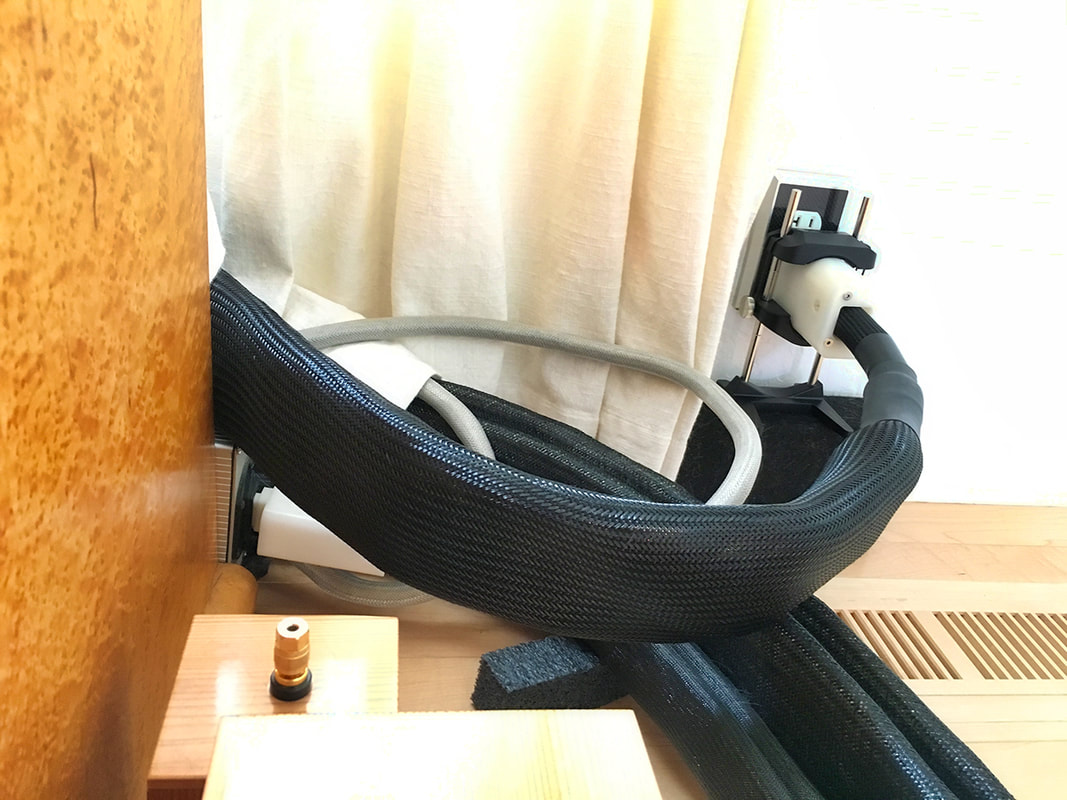
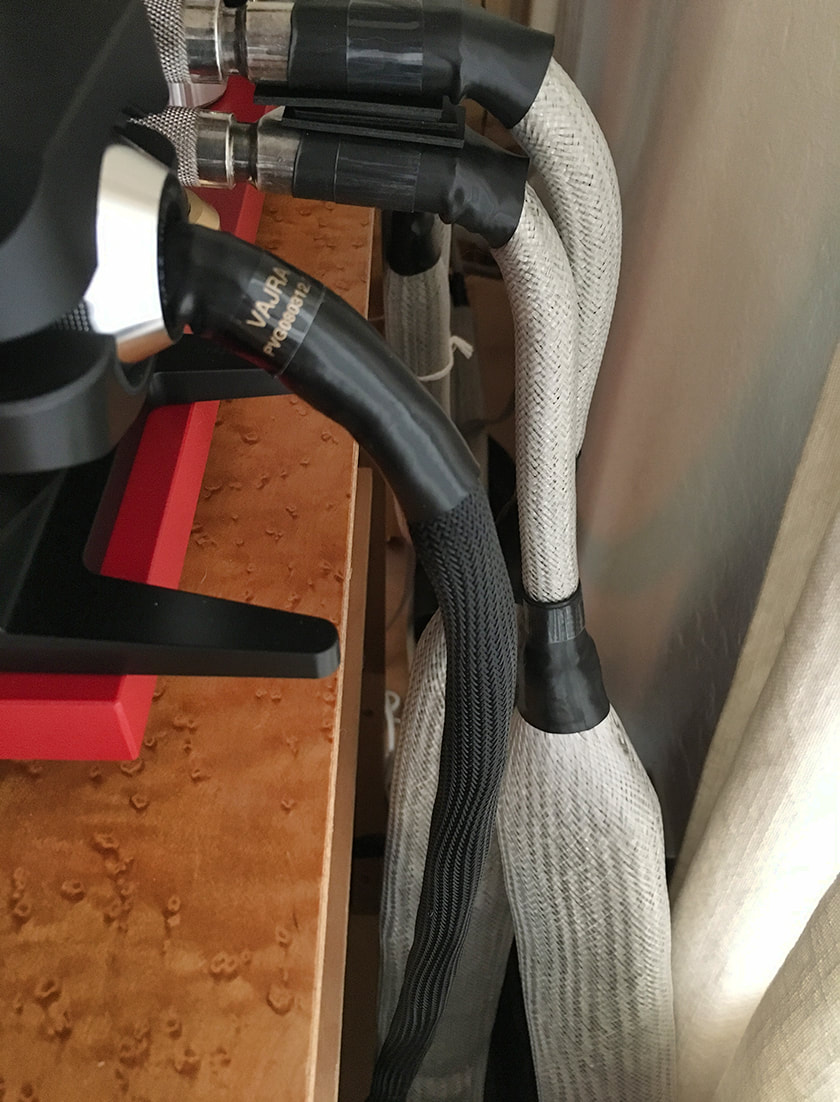
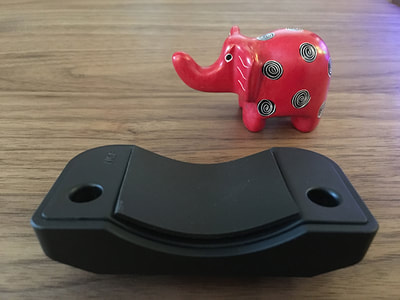
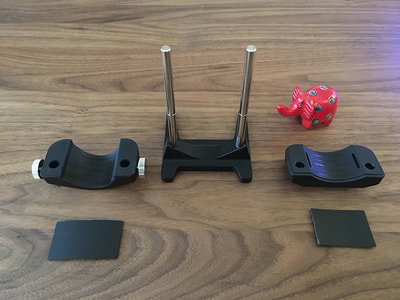
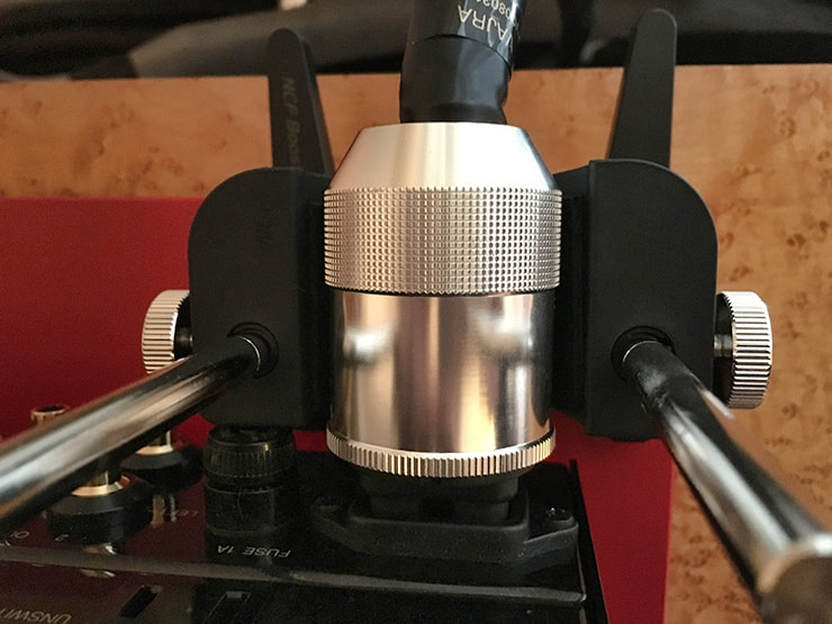
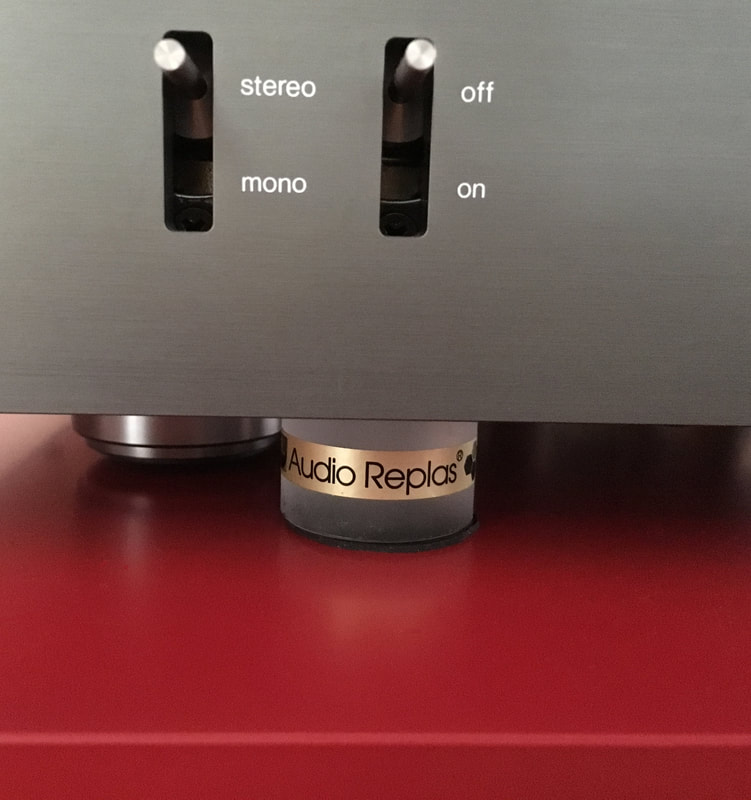
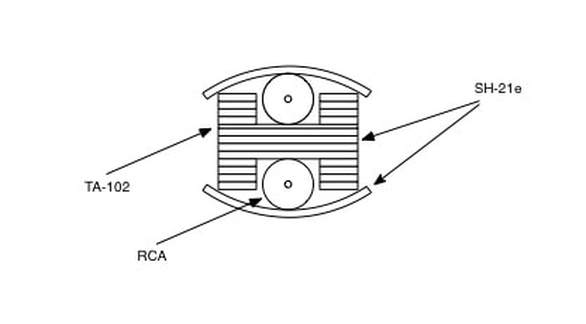
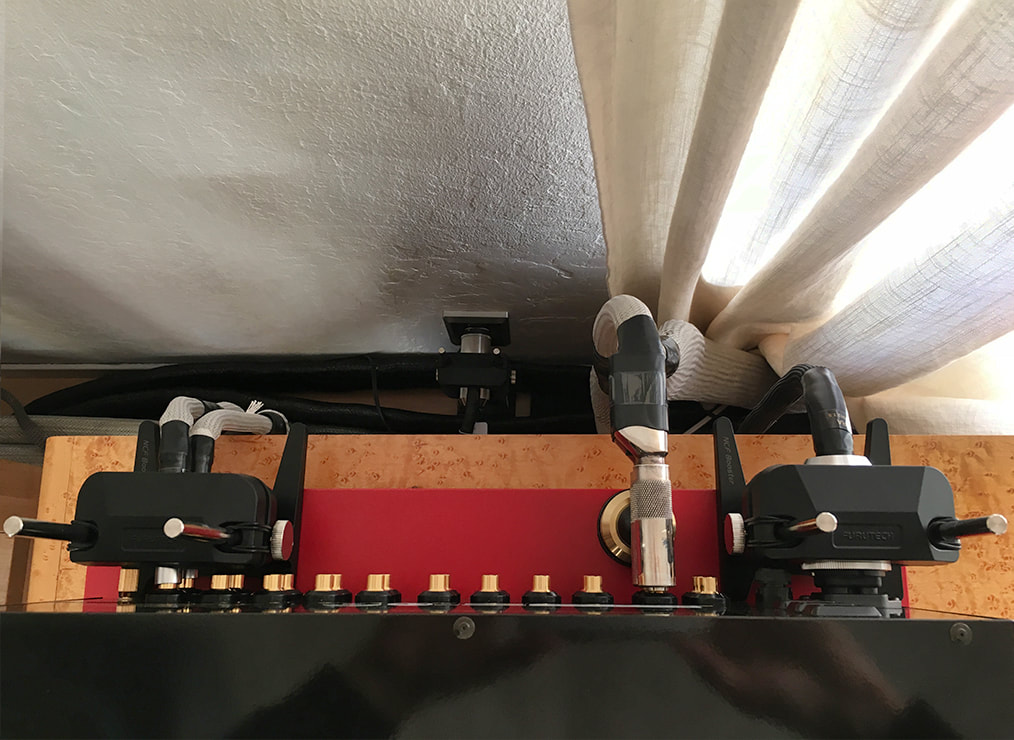
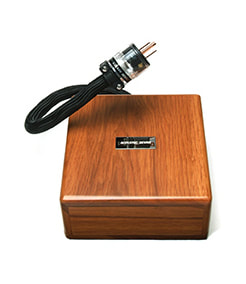
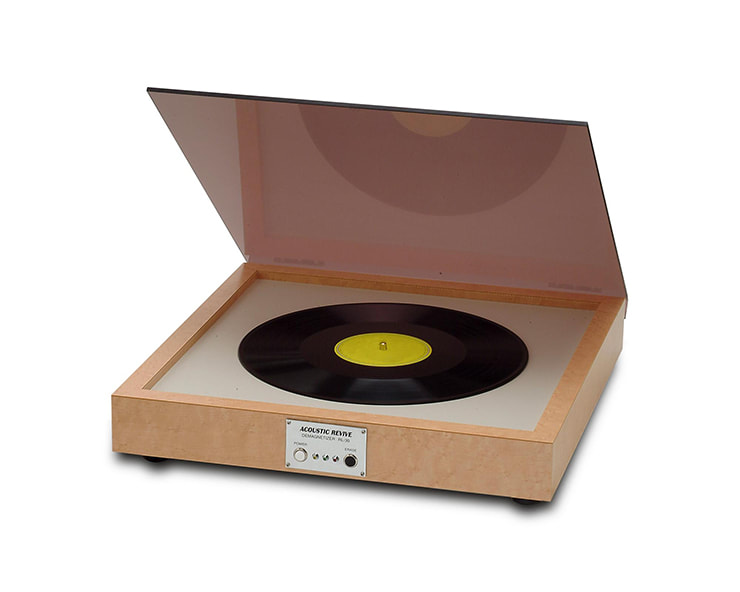
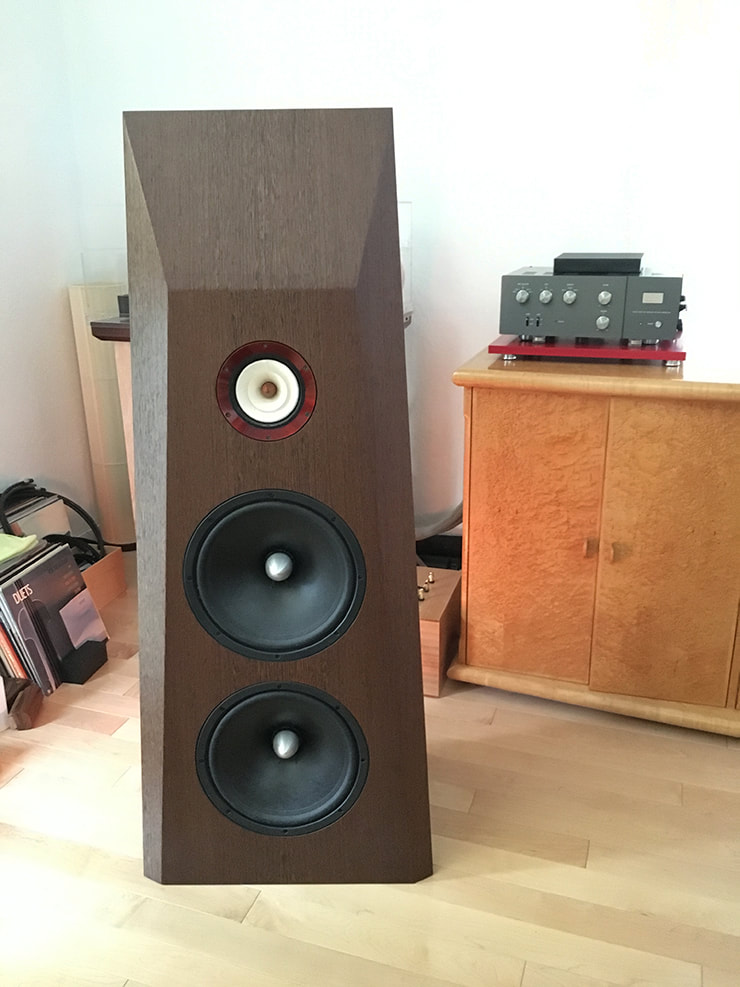
 RSS Feed
RSS Feed
